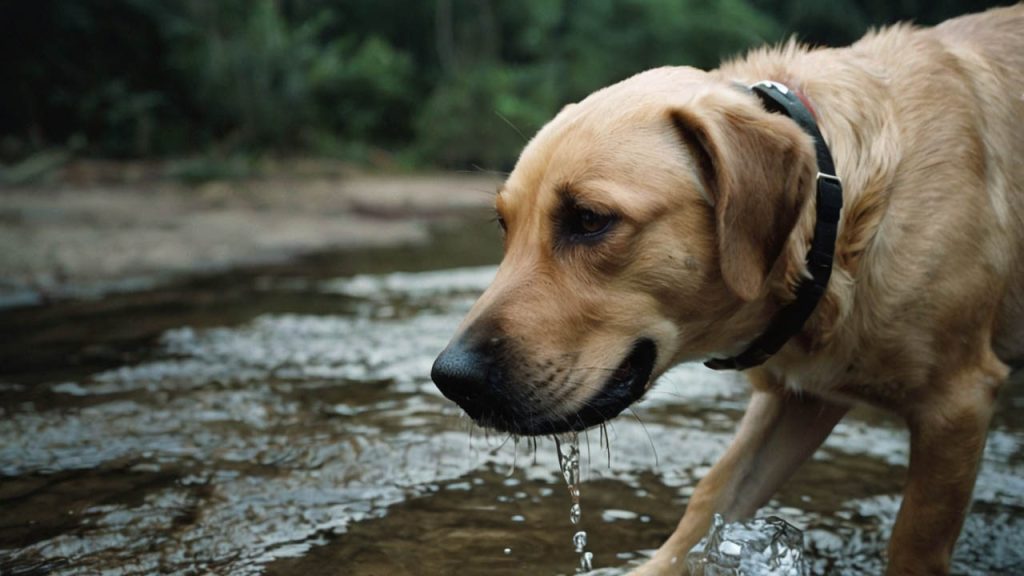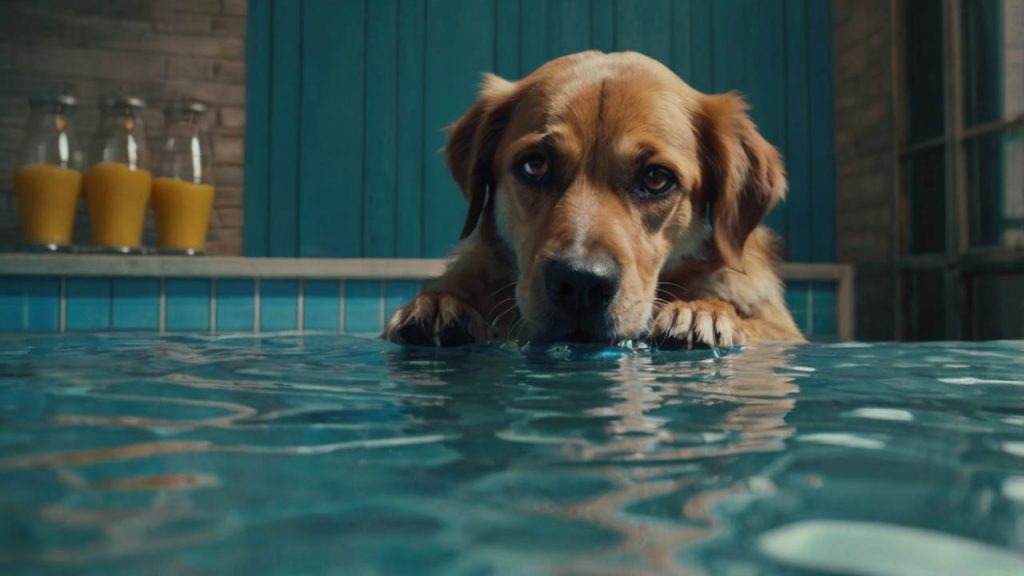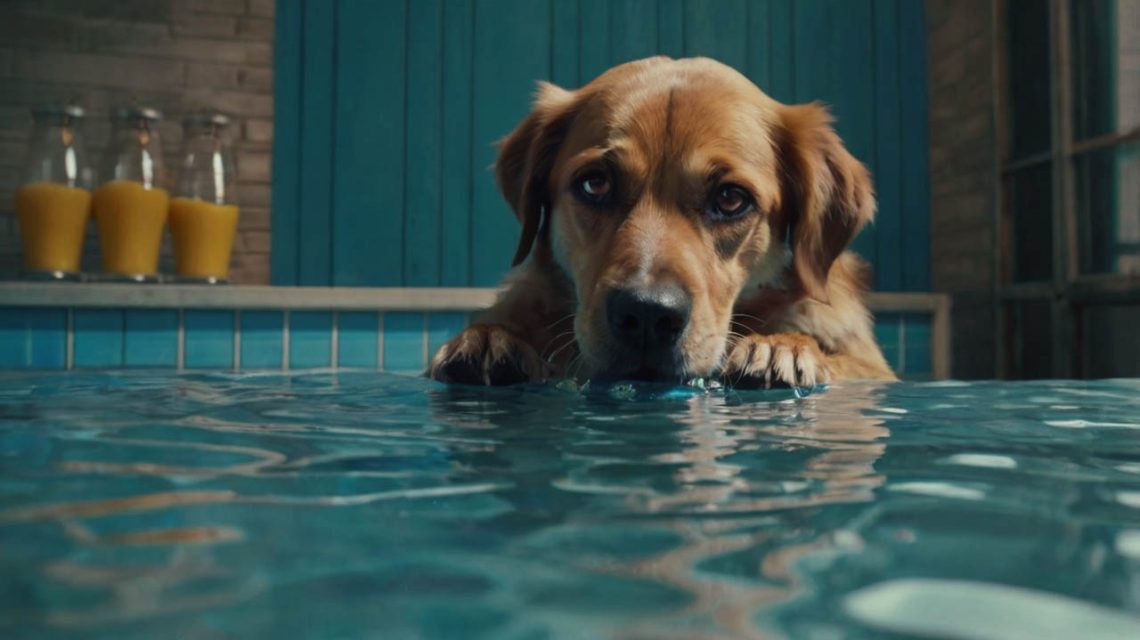Introduction: When Your Dog Skips Meals But Seems Fine
Every pet parent knows that sinking feeling when their dog not eating but drinking water and acting normal suddenly becomes a concern. Yesterday, Sarah noticed her Golden Retriever, Max, turning away from his favorite chicken dinner. However, he happily lapped up water and played fetch as usual. This scenario plays out in countless homes daily, leaving owners puzzled and worried.
Furthermore, understanding why dogs exhibit this behavior helps you make informed decisions about their health. While occasional appetite loss might seem harmless, especially when your dog not eating but drinking water and acting normal appears otherwise healthy, knowing the underlying causes ensures proper care. Therefore, this comprehensive guide explores everything you need to know about this common canine behavior.
Why Is My Dog Not Eating But Drinking Water and Acting Normal?
When your dog not eating but drinking water and acting normal becomes noticeable, several factors could contribute to this behavior. First, dogs naturally experience appetite fluctuations, similar to humans. Moreover, environmental changes, stress, or even boredom with their current food can trigger temporary eating strikes.

Common Behavioral Reasons
Dogs communicate through their eating habits. Subsequently, when they refuse food while maintaining normal water intake and energy levels, behavioral factors often play a role. For instance, recent household changes like moving, new pets, or altered routines can affect their eating patterns.
Additionally, dogs develop food preferences over time. If you’ve recently changed brands or flavors, your pet might protest by refusing meals. Nevertheless, maintaining hydration shows they’re managing their basic needs appropriately.
Environmental Factors Affecting Appetite
Temperature changes significantly impact canine appetite. During summer months, dogs naturally eat less while drinking more water. Conversely, winter might increase their caloric needs. Furthermore, loud noises, construction work, or unfamiliar visitors can create stress that suppresses appetite temporarily.
Medical Causes When Dog Not Eating But Drinking Water and Acting Normal
Although behavioral reasons often explain appetite loss, medical conditions sometimes lurk beneath normal-appearing behavior. Understanding these possibilities helps you recognize when veterinary intervention becomes necessary.
Dental Issues and Oral Pain
Dental problems frequently cause dogs to avoid food while continuing water consumption. Since drinking requires less chewing effort, dogs with tooth pain, gum inflammation, or oral injuries find liquids more manageable. Watch for subtle signs like favoring one side while chewing or dropping food.
Digestive System Concerns
Mild digestive upset might not show obvious symptoms initially. Your dog not eating but drinking water and acting normal could indicate early-stage gastrointestinal issues. Consequently, monitoring for additional symptoms becomes crucial. Look for changes in stool consistency, occasional burping, or slight abdominal tenderness.
Hidden Health Conditions
Several medical conditions present subtly at first:
- Kidney disease: Early stages show increased water consumption with decreased appetite
- Liver problems: Gradual appetite decline while maintaining normal activity
- Hormonal imbalances: Thyroid issues affecting metabolism and hunger signals
- Heart conditions: Reduced appetite due to decreased oxygen circulation
How Long Can Dogs Go Without Eating?
Understanding safe fasting periods helps gauge urgency levels. Healthy adult dogs can technically survive 3-5 days without food, provided they’re drinking water. However, waiting this long risks complications.
Age-Related Considerations
Puppies (Under 6 months): Maximum 12 hours without eating before requiring veterinary attention. Their rapid metabolism and growth needs make extended fasting dangerous.
Adult Dogs (1-7 years): Can safely skip meals for 24-48 hours if drinking water and acting normally. Nevertheless, monitoring remains essential.
Senior Dogs (7+ years): Should not exceed 24 hours without eating. Age-related health conditions make them more vulnerable to complications.
Size and Breed Factors
Small breeds and toy dogs face hypoglycemia risks faster than larger breeds. Therefore, Chihuahuas, Yorkshire Terriers, and similar breeds need prompt attention when refusing food. Meanwhile, larger breeds like Great Danes or Mastiffs have more reserves but still require monitoring.

When Your Dog Not Eating But Drinking Water and Acting Normal Requires Vet Visit
Recognizing red flags prevents minor issues from becoming serious problems. While your dog not eating but drinking water and acting normal might seem manageable, certain signs demand immediate veterinary consultation.
Immediate Warning Signs
Contact your veterinarian immediately if you notice:
- Vomiting or dry heaving attempts
- Lethargy replacing normal activity levels
- Refusing water alongside food
- Visible weight loss
- Pale or yellow-tinged gums
- Unusual breathing patterns
- Persistent diarrhea
24-Hour Rule Guidelines
Most veterinarians recommend the 24-hour observation rule for adult dogs showing no other symptoms. During this period, document:
- Water consumption amounts
- Energy levels throughout the day
- Bathroom habits and stool appearance
- Any food items they might accept
- Behavioral changes, however subtle
Home Remedies and Solutions for Appetite Stimulation
Before rushing to the vet, several safe home strategies can reignite your dog’s interest in food. These methods work particularly well when your dog not eating but drinking water and acting normal stems from behavioral causes.
Making Meals More Appealing
Warm the Food: Heating wet food or adding warm water to kibble releases enticing aromas. Subsequently, this simple trick often triggers hunger responses.
Add Flavor Enhancers: Mix in small amounts of:
- Low-sodium chicken broth
- Plain, unsweetened yogurt
- Pumpkin puree (not pie filling)
- Scrambled eggs
- Small pieces of cooked chicken
Change Feeding Locations: Sometimes, moving the food bowl to a quieter area reduces mealtime stress. Additionally, elevated feeders help dogs with neck or back discomfort.
Creating Positive Mealtime Associations
Transform eating into an engaging activity. Use puzzle feeders or scatter kibble for “hunting” games. Furthermore, hand-feeding strengthens bonds while encouraging consumption. Praise enthusiastically when they eat, reinforcing positive behavior.
Preventive Measures to Maintain Healthy Eating Habits
Establishing consistent routines prevents future appetite issues. When your dog not eating but drinking water and acting normal becomes a pattern, examining daily habits reveals improvement opportunities.
Optimal Feeding Schedule Strategies
Consistency is Key: Feed at identical times daily, allowing your dog’s internal clock to regulate hunger. Most adult dogs thrive on twice-daily feeding schedules.
Portion Control: Overfeeding reduces next-meal appetite. Follow veterinary guidelines based on your dog’s ideal weight, not current weight.
Treat Management: Limit treats to 10% of daily caloric intake. Excessive treating fills them up, reducing interest in regular meals.
Exercise and Mental Stimulation Impact
Regular physical activity naturally increases appetite. Morning walks before breakfast and evening play sessions before dinner create hunger. Moreover, mental stimulation through training or puzzle toys burns calories, encouraging eating.
Understanding the Role of Hydration
When your dog not eating but drinking water and acting normal occurs, adequate hydration becomes paramount. Water maintains vital organ function during temporary food refusal periods.
Monitoring Water Intake
Normal water consumption equals approximately 1 ounce per pound of body weight daily. However, factors like activity level, weather, and diet type influence needs. Track water bowl refills to ensure adequate hydration.
Dehydration Prevention Strategies
Besides regular water access, consider:
- Multiple water stations throughout your home
- Fresh water changes twice daily minimum
- Ice cubes as treats during hot weather
- Water fountains for dogs preferring moving water
- Adding water to dry kibble
Nutritional Considerations During Recovery
Once appetite returns, transitioning back to normal eating requires careful management. Sudden large meals after fasting can cause digestive upset.
Gradual Reintroduction Protocol
Day 1-2: Offer small, frequent meals (4-6 times daily) at 25% normal portion size
Day 3-4: Increase to 50% normal portions, reducing frequency to 3-4 meals
Day 5-7: Return to regular feeding schedule with 75-100% normal portions
Supporting Digestive Health
Include probiotics through plain yogurt or veterinary supplements. Additionally, easily digestible proteins like boiled chicken or white fish help sensitive stomachs. Avoid fatty foods initially, as they’re harder to process after fasting periods.
Expert Veterinary Insights and Research
Recent veterinary studies reveal interesting patterns about dogs refusing food while maintaining normal behavior. According to research published in the Journal of Veterinary Behavior, approximately 23% of healthy dogs experience periodic appetite fluctuations lasting 24-48 hours.
Dr. Jennifer Coates, DVM, notes that “Dogs instinctively fast when feeling slightly unwell, allowing their bodies to focus energy on healing rather than digestion.” This natural behavior often resolves without intervention.
Furthermore, studies from Cornell University College of Veterinary Medicine indicate that stress-related appetite loss affects 30% of dogs during major life changes. Understanding these statistics helps normalize your experience while remaining vigilant.
Building Long-Term Healthy Eating Habits
Preventing future episodes where your dog not eating but drinking water and acting normal requires comprehensive lifestyle approaches. Consider implementing these evidence-based strategies:
Environmental Enrichment
Create positive mealtime environments through:
- Quiet, consistent feeding areas
- Separation from other pets during meals
- Non-slip mats under food bowls
- Appropriate bowl heights for comfort
Regular Health Monitoring
Schedule biannual veterinary checkups for early problem detection. Additionally, maintain records of:
- Weight fluctuations
- Eating pattern changes
- Water consumption variations
- Energy level shifts
Special Dietary Considerations
Different life stages and health conditions require tailored nutritional approaches. Understanding these needs prevents appetite issues.
Senior Dog Adjustments
Older dogs often need:
- Softer food textures
- Smaller, more frequent meals
- Enhanced flavors to compensate for diminished smell
- Joint-supporting nutrients
Prescription Diet Transitions
When veterinarians recommend therapeutic diets, gradual transitions prevent rejection. Mix increasing amounts of new food with decreasing amounts of old food over 7-10 days.
The Psychology Behind Canine Eating Behaviors
Dogs possess complex relationships with food influenced by evolution, domestication, and individual experiences. Understanding these psychological factors helps address appetite issues effectively.
Pack Mentality Influences
In multi-dog households, competition or submission affects eating patterns. Dominant dogs might guard resources, causing submissive dogs to avoid meals despite hunger. Therefore, separate feeding areas often resolve these issues.
Emotional Eating Patterns
Dogs, like humans, experience emotional relationships with food. Anxiety, depression, or grief can suppress appetite even when physical health remains intact. Patience and gentle encouragement help during these periods.
Technology and Modern Solutions
Contemporary pet care offers innovative solutions for monitoring and encouraging eating:
Smart Feeding Systems
Automated feeders with portion control and scheduling features maintain consistency. Some models include cameras for remote monitoring and voice recording for familiar encouragement.
Health Tracking Apps
Digital platforms help track:
- Meal times and amounts consumed
- Water intake measurements
- Weight trends
- Behavioral observations
- Veterinary appointment reminders
Conclusion: Taking Action for Your Dog’s Health
When your dog not eating but drinking water and acting normal becomes concerning, remember that temporary appetite loss often resolves naturally. However, vigilant observation and appropriate intervention ensure your pet’s wellbeing. By understanding causes, recognizing warning signs, and implementing helpful strategies, you’re equipped to handle this common situation confidently.
Most importantly, trust your instincts. You know your dog better than anyone. If something feels wrong despite normal behavior, consulting your veterinarian provides peace of mind and professional guidance.


